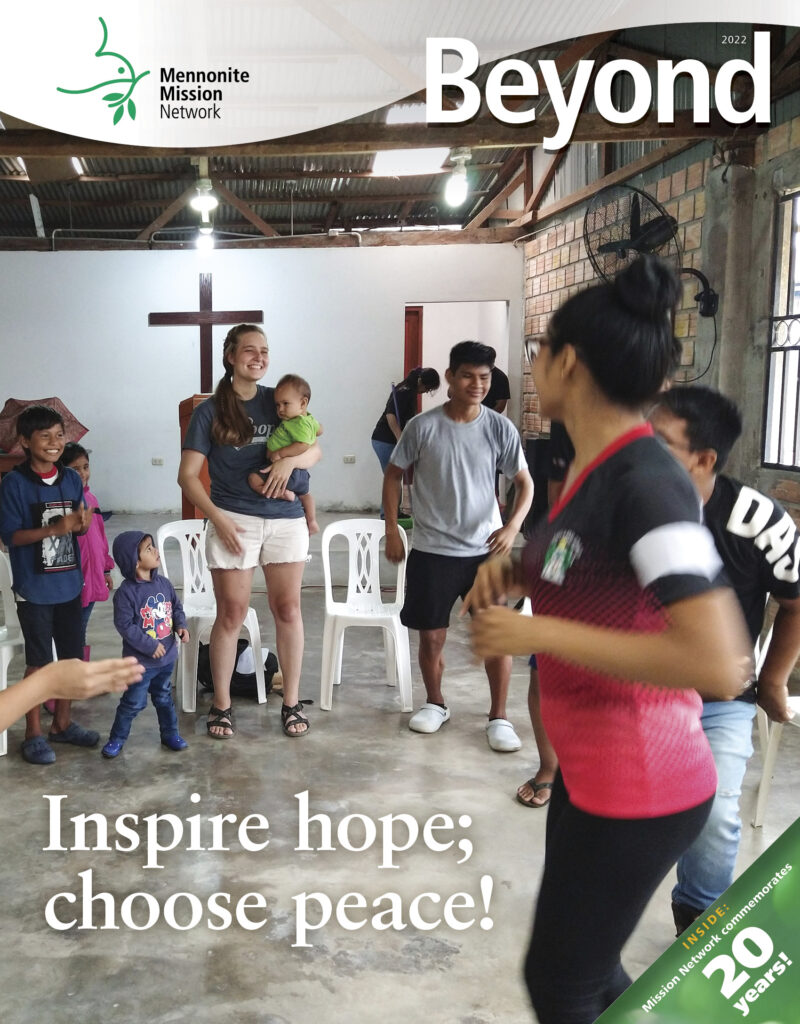Choosing peace on Peace Island
By Mike Sherrill
When the people of God choose peace, we experience the fullness of God’s work in the world. The act of choosing peace — of denying the power of violence — inspires hope for all people and serves as a small window into who Jesus was and what he taught during his time on earth.
Back in May and June 2019, I had the honor of attending the sixth annual Christian Forum for Reconciliation in Northeast Asia. The forum is a joint initiative of Duke Divinity School’s Center for Reconciliation and Mennonite Central Committee. Nearly 100 participants gathered together at Saint Isidore Retreat Center in Jeju, South Korea, for a weeklong journey that featured worship sessions, lectures, reflections and a pilgrimage of lament across the island, concluding at the Jeju 4.3 Peace Park.
The numbers 4.3 designate the date April 3, 1948, when an armed civilian uprising stormed several police stations on Jeju, in response to police brutality. The island had long held a strong belief of social cohesion, rejecting the idea of a divided Korea. Therefore, when it was announced that the election designed by the United Nations only applied to the part of Korea south of the 38th parallel of latitude, large groups of people on Jeju boycotted it. Tragically, their resistance was miscast as sympathetic to the communists, and ultimately, Jeju was labeled by the media as a "Red Island." This led to oppression of dissenters and the killing of anyone under suspicion. Between 1947 and 1954, about 30,000 island residents were killed by South Korean troops, police and volunteer anticommunist groups under the auspices of the occupying military government.
In 2000, the government of Korea launched an investigation into this period and published the first report of its findings in 2003. This was followed by an official apology by President Roh Moo-hyun for human rights abuses perpetrated by the state. In 2018, President Moon Jae-in offered a second apology, promising to continue the quest for truth and healing. These apologies, along with tangible actions, including compensation to bereaved families and peace education for the public, were essential steps in the struggle to recover from deep generational pain. To truly break free of the captivity of anger and grief, the Jeju village of Hagwi took the additional step of forgiving the perpetrators of the violence.
The people of Hagwi embarked on a journey of forgiveness by, first, embracing their pain as a village rather than as separate families or individuals. They also re-framed their pain within the broader historical context of human suffering, helping them to see both victims and perpetrators as victims of systemic violence and unjust powers. Gradually, the village embraced a new identity: They were no longer a powerless victim, but an empowered herald of reconciliation.
Stories in which God’s people choose peace and reconciliation inspire hope in all of us. As we celebrate this story of peace — and the others in this publication — may we be inspired, with hope, to choose peace ourselves.
Mike Sherrill
Executive Director

